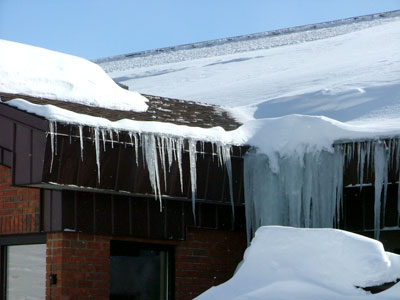Linoleum has long been a popular flooring choice for its cost and durability. Linoleum and variants like Marmoleum have seen a resurgence lately due to their natural composition and environmentally friendly qualities.
Radiant heat pairs with linoleum products for added comfort. Heatizon offers a number of products suitable for heating linoleum, but our ZMesh does it best.
ZMesh
A bronze mesh that is rolled out beneath a variety of floor coverings, low voltage ZMesh provides a comfortable, even heat. This unique product from Heatizon is a great solution for heating under linoleum and similar floors, as well as wood, carpet and floating floor systems.
Glue Down Sheets or Tiles
Linoleum is commonly installed as sheets that are glued down. For heating these sheets, ZMesh is laid out and either stapled to the wood subfloor or glued down to a concrete subfloor with a tile mastic. Care is taken to keep the mesh flat for minimum floor buildup.
A thin sheet of plywood or lauan is placed over the mesh, and the linoleum is glued down. This same process works for glue down linoleum tiles.
Floating or Click Systems
Linoleum is also becoming more common in click install or floating systems. ZMesh is perfect for floating floors as it is installed over the subfloor and covered with an underlayment. The floating floor system can then be installed directly over the mesh and underlayment.
